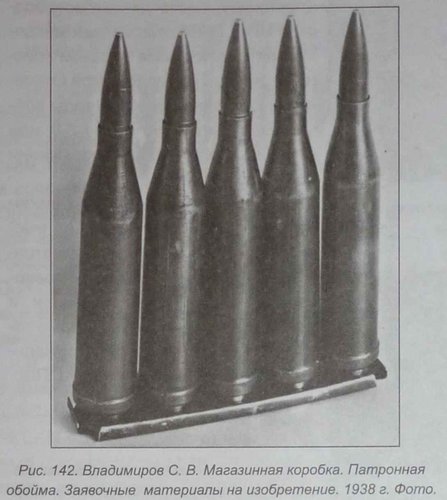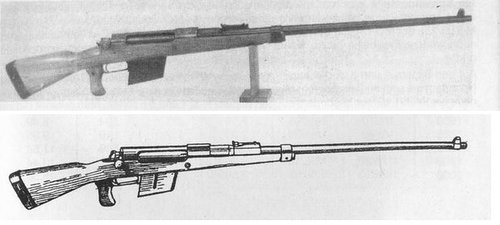World B4
my bad y'all
- Joined
- 25 June 2017
- Messages
- 398
- Reaction score
- 320
The French 20mm antichar autocannon
 www.historicalfirearms.info
www.historicalfirearms.info
The American Winchester Pugsley anti tank rifle

 guns.fandom.com
guns.fandom.com
The British Godsal 1918 anti tank rifle

 www.historicalfirearms.info
www.historicalfirearms.info
The German Fischer 3.7cm anti tank gun, 15 produced, supposedly combat tested
 On this article about the 3.7cm Tankabwherkanone Rheinmetall shows a photo of one next to a Fischer 3.7cm gun, providing a good size comparison
On this article about the 3.7cm Tankabwherkanone Rheinmetall shows a photo of one next to a Fischer 3.7cm gun, providing a good size comparison

 www.tanks-encyclopedia.com
www.tanks-encyclopedia.com
The German MG 18 Tuf, 50 were made, but never sent into combat before the war ended

I hope this is the right thread, I chose this one as opposed to the Rockets Missiles and Guns one because these weapons are a step above small arms and can be considered light artillery. Apologies if I am mistaken.
Tumblr
Tumblr is a place to express yourself, discover yourself, and bond over the stuff you love. It's where your interests connect you with your people.
The American Winchester Pugsley anti tank rifle

Winchester-Pugsley anti-tank rifle
The Winchester-Pugsley anti-tank rifle (also known as the Model 1918 .50 caliber high-powered bolt-action swivel gun) was an American developmental anti-tank rifle. The weapon was designed by Edwin Pugsley during World War I in 1918, with the patent having been awarded in early December of that...
The British Godsal 1918 anti tank rifle

Historical Firearms - Godsal 1918 Anti-Tank Rifle While the Imperial...
Godsal 1918 Anti-Tank Rifle While the Imperial German Army’s T-Gewehr is relatively well know, it’s short-lived British counterpart is almost unknown. The Godsal Anti-Tank rifle, developed in 1918, represents an answer to a problem Britain did not yet face. The name Philip Thomas Godsal is...
The German Fischer 3.7cm anti tank gun, 15 produced, supposedly combat tested
The History of the Panzerjäger
The German Panzerjäger, or Panzerjägertruppe, was one of the most innovative fighting arms of World War II and its story has never properly been told.Many books have focused on an element of the story – the Hetzer, Jagdpanzer, Jagdpanther – but this is the first time that the whole story of the...
books.google.com

3.7 cm Tankabwehrkanone Rheinmetall - Tank Encyclopedia
The 3.7 cm Tankabwehrkanone was the first ever anti-tank cannon, developed in Germany during World War I to defeat the new British tanks.
 www.tanks-encyclopedia.com
www.tanks-encyclopedia.com
The German MG 18 Tuf, 50 were made, but never sent into combat before the war ended

TuF (Tank-und-Flieger) heavy machine gun (Germany) - Modern Firearms
The TuF (Tank-und-Flieger) heavy machine gun was designed in Germany toward the end of the First World war. As its name implied, it was intended to be used mostly against newest battle inventions of the WW1 era – tanks (armored vehicles) and aircrafts, which were used to bomb and atrafe with...
modernfirearms.net
I hope this is the right thread, I chose this one as opposed to the Rockets Missiles and Guns one because these weapons are a step above small arms and can be considered light artillery. Apologies if I am mistaken.









































